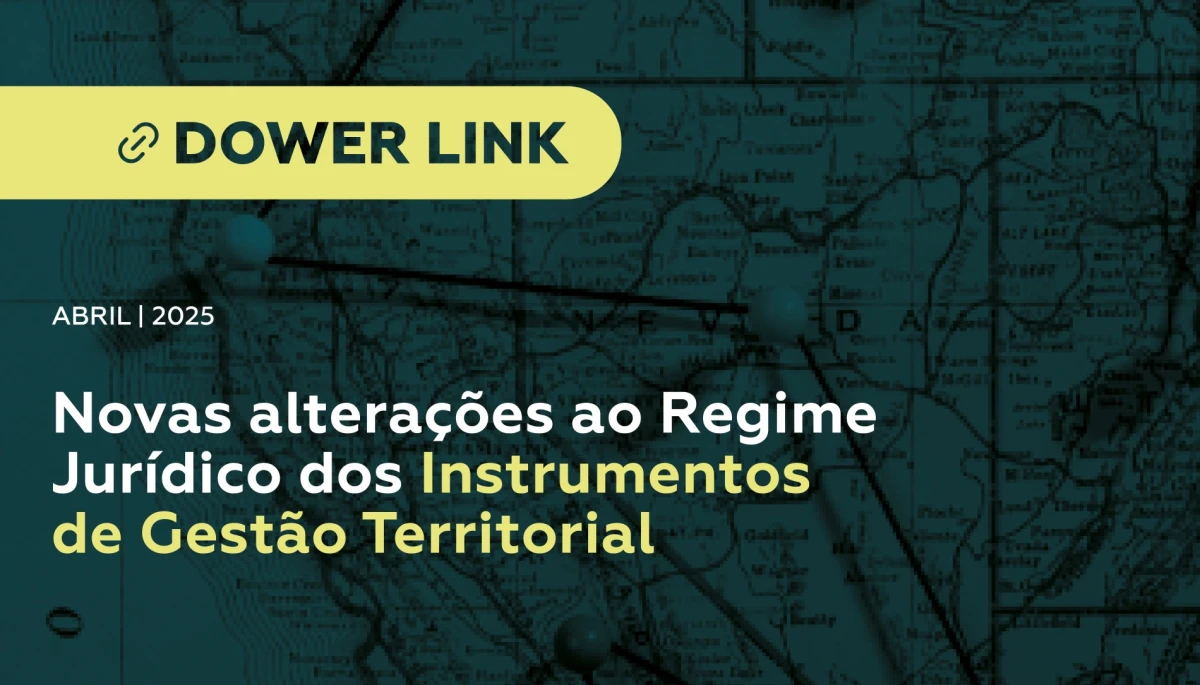
Tax Authority loses case worth over 160,000 euros

The case divided the Tax Authority and a factory in Oliveira de Azeméis, with the court ruling in favor of the company Ancal, which will have the improperly paid amount refunded.
The Tax Authority lost a case against an industrial company in Oliveira de Azeméis and must now return more than 161,000 euros.
The ruling was issued by an Arbitration Court, established within the scope of the Center for Administrative Arbitration (CAAD), which decided in favor of Ancal Plásticos S.A., annulling the additional Corporate Income Tax (IRC) assessment for the 2019 tax period, amounting to 161,599.39 euros.
The decision focused on the interpretation of the concept of “industrial facilities” as provided in Article 22 of the Investment Tax Code (CFI), particularly in its application to the Tax Regime for Investment Support (RFAI).
The court concluded that warehouses for raw materials and finished products, essential to the production process of the company based in Oliveira de Azeméis, should be considered “industrial facilities” for the purpose of eligibility for the tax benefit.
With this decision, ANCAL will be refunded the improperly paid amount, and the Tax Authority will bear the costs of the case.
“This was a highly complex technical case. This decision will help many companies in their decision-making process regarding the use of tax incentives, particularly the RFAI. It reinforces the importance of correctly interpreting tax regulations applicable to the industrial sector and the tax benefits associated with productive investment,” explained Eduardo Castro Marques, a lawyer at Dower Law Firm, who led ANCAL’s arbitration process.
The Tax and Customs Authority (AT) argued that investments in building expansions were excluded from the regime, maintaining that warehouses for raw materials and finished products are not industrial facilities since they do not play an immediate role in transforming raw materials into the final product. According to the AT, even though the warehouses are necessary for the company’s operations, they are classified as buildings rather than direct productive infrastructure.
The arbitration court ruled that, in this specific case, the warehouses were directly integrated into the production chain and should therefore be covered by the tax benefit.




